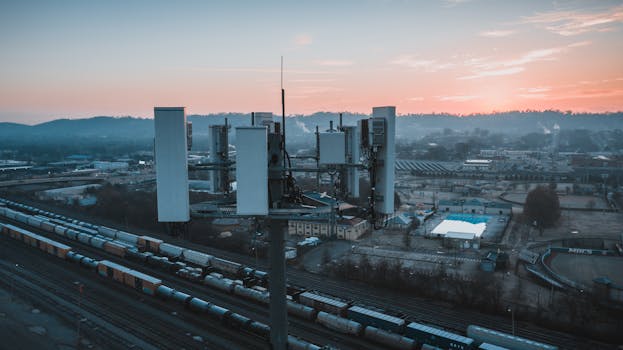Urban Green Spaces: The Future of Outdoor Living in European Cities by 2025
Urban Green Spaces are becoming increasingly important in European cities, and for good reason. As the Focus Keyword: Urban Green Spaces continues to grow, it’s essential to understand the role these spaces will play in shaping the future of outdoor living by 2025. In this article, we’ll explore the benefits of urban green spaces, the current state of green infrastructure in European cities, and what the future holds for these vital areas.
Benefits of Urban Green Spaces
Urban green spaces offer a multitude of benefits, including improved air quality, reduced noise pollution, and increased biodiversity. They also provide a space for recreation, socialization, and relaxation, which is essential for both physical and mental health. Moreover, urban green spaces can help to mitigate the urban heat island effect, reduce flood risk, and improve overall environmental sustainability.
Current State of Green Infrastructure in European Cities
Many European cities are already investing in green infrastructure, with some notable examples being Paris’s Paris Green Plan, London’s Urban Forest Strategy, and Berlin’s Green Space Development Plan. These initiatives aim to increase the amount of green space in urban areas, improve air quality, and promote sustainable urban planning. However, there is still much work to be done, and the current state of green infrastructure in European cities varies greatly.
Future of Urban Green Spaces in European Cities by 2025
By 2025, urban green spaces are expected to play an even more vital role in European cities. With the increasing focus on sustainability and environmental protection, cities will need to prioritize green infrastructure to meet the demands of a growing urban population. Some potential trends and developments that may shape the future of urban green spaces include:
- Increased use of green roofs and walls to reduce energy consumption and improve air quality
- Implementation of urban forestry initiatives to increase tree cover and mitigate the urban heat island effect
- Development of green corridors and networks to connect urban green spaces and promote biodiversity
- Incorporation of innovative technologies, such as green infrastructure monitoring systems and smart urban planning tools
Conclusion
In conclusion, urban green spaces are a vital component of sustainable urban planning, and their importance will only continue to grow by 2025. As European cities strive to become more environmentally friendly and livable, the role of urban green spaces will be crucial. By understanding the benefits, current state, and future trends of urban green spaces, we can work towards creating healthier, more sustainable, and more enjoyable cities for generations to come.



